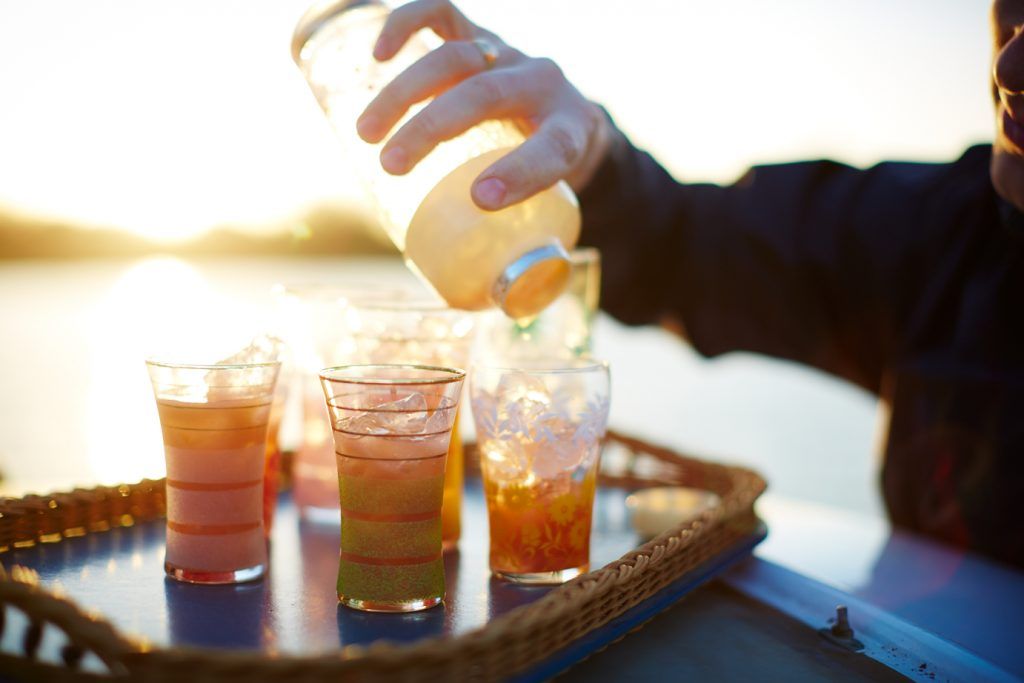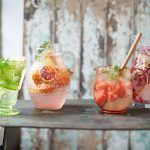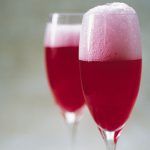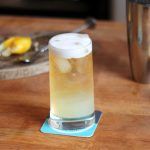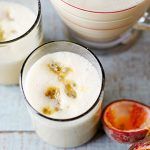There’s something magical about a well-made cocktail. It’s a special treat that transports me into a different world or time. Every cocktail on any menu in any bar around the world has a brilliant history – classy or crude, who cares?
Great countries, events and people have been immortalised by having a boozy concoction named after them. More than just the invention of the drinks, I’ve always admired the talented folks who conjure up the names… Fuzzy navel, anyone?!
The world of cocktails is vast and varied, so I’ve look into its history to make sense of it all.
The origin of the word “cocktail” is believed to be related to the practice of docking the tails of horses to resemble the tail of a cockerel. This was generally done to make a non-thoroughbred horse more attractive to a buyer. It is said that a “cock-tail” came to mean a horse of mixed breed, which extended to the idea of a mix of spirits. An interesting aside that backs the theory is that a desirable horse like a thoroughbred would have a high tail, wide eyes and an active disposition, so to increase the chances of selling the horse for a good price, a colic of blended oats, gin, water and ginger would be given to the animal just before it went to auction to perk it up a little.
I always thought that cocktails were very much a 1920s New-York-and-Paris “boom-years” invention, but their roots are more likely embedded in 1700s London. Because of an increase in good grain harvests, King William III reduced taxes on distillation to help improve the nation’s health. Many Brits already drank low-alcohol ale and cider daily because the water was bacteria ridden so, when the new refined, higher-alcohol “hard stuff” hit the pubs and chemists, it was like a drug epidemic. Spirits like gin were given nicknames such as “Mother’s ruin” because of the emotional and physical affects of drinking hard spirits daily.
In the 1800s, cocktails took off in a big way. Jerry Thomas, an American bartender, is credited with laying down the laws of cocktail recipes and barmanship. The experimental nature of cocktail-making captured the richer classes’ tastes, and the popularity and value of mixing drinks grew. By the early 20th century “American Bars” were popping up all over Europe, with the London’s Savoy and Claridges Hotel becoming stalwarts in this new circle of social drinking.
Today cocktails epitomise relaxation, holidays, parties and business networking. Your favourite very much reflects your personality – do you want a dirty martini straight-up, or fun and fruity strawberry daiquiri? There’s a cocktail for everybody, which can be a bit overwhelming – so here is my super-simple jargon buster for you aspiring mixologists.
- Highball glass (also known as a Collins or Slim Jim) – a tall glass best suited for long drinks
- Lowball glass – a smaller version of the highball. Used for drinks with a higher proportion of alcohol to mixer.
- Cocktail glass – a round, wide-topped glass that narrows to a rounded base on a stem. Usually known as a margarita glass.
- Martini glass – the classic triangular cocktail glass. Looks classy but very easy to spill the contents!
- Neat – a spirit served without ice
- On the rocks – served over ice
- Straight up – served in a martini glass
- Bitters – usually made of botanical ingredients to, as the name suggests, add bitterness to cocktails to balance the flavour. Orange is the most popular.
- Muddle – basically means to mash herbs or fruit into the glass to release more flavour. Use a muddler (a wooden pestle), spoon or rolling pin. A classic muddled drink is a mojito!
- Jigger – the measuring device used to portion spirits. Usually double sided for single (25ml) and double measures (50ml), although some bars use 35ml as their standard measure.
- Frost – to chill glasses in the freezer for a while to chill them down and give a lovely frosted affect. Try chilling white wine glasses too.
- Rim – to “rim the glass” means dipping the edge in liquid such as lime juice, or rubbing it with fresh chilli and then dipping it into sugar, salt or grated chocolate. Margaritas are typically prepared with a rimmed glass.
- Shaken not stirred – Mr Bond preferred his vodka Martinis made this way. A stirred Martini is actually the traditional way to make the drink.
- Shot – similar serving to neat but intended to be drunk in one go.
- Twist – simply adding a piece of citrus peel to the cocktail. Speed peelers are perfect for getting the desired affect.
- Cobbler – a drink served on crushed ice in a highball or Collins glass.
- Dirty – adding olive juice to the mix to cloud the cocktail. The Dirty Martini is the original.
Please share your own cocktail-making tips, tricks and stories below. The art of cocktail making is about technique and experimentation – enjoy drinking them responsibly for maximum happiness!
For great cocktail ideas, have a look at Jamie’s brand new drinks channel, Drinks Tube.
